Proposed Bahamian Flats Fishing Regulations, A Deeper Perspective
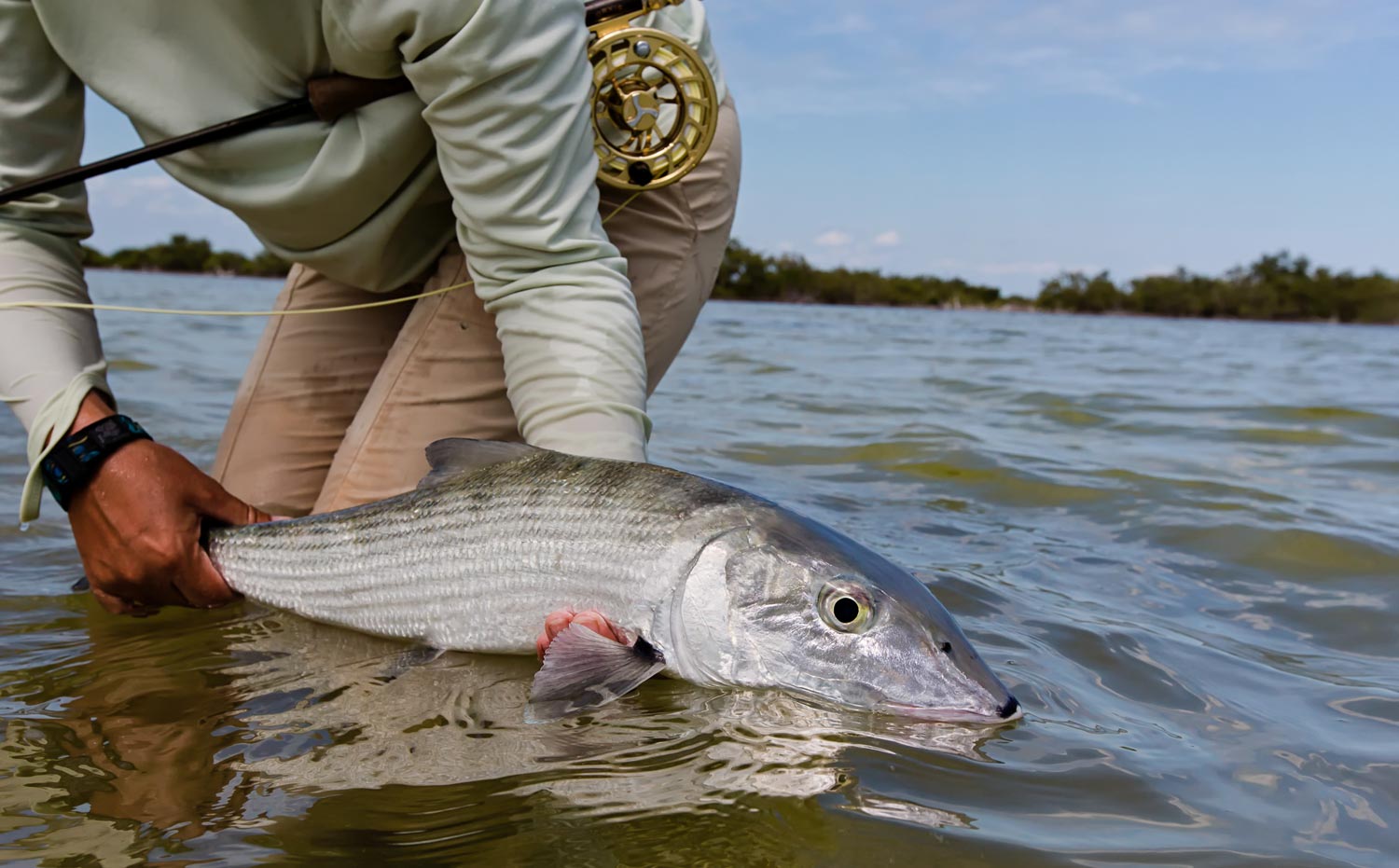
By Sarah Grigg
An Uncomfortable, Unexpected Fisheries Debate in The Bahamas
Some anglers compare fighting a bonefish on the line to wrangling a bat out of hell. Most would agree that few saltwater flats parallel those of the Bahamas for pursuing this species. Perhaps nowhere else on the planet could fishing incite heated international debate. But in the Bahamas, where silver scales translate to serious capital, the first-ever proposal of recreational fishing regulations has incited a volatile reaction among domestic and international stakeholders.
The Bahamas Flats Fishing Alliance conducted a 2010 study revealing that flats fishing (namely fly fishing) generated $141 million annually. The survey was conducted in the height of the U.S. recession and marked the worst year for destination angling. Fast forward to 2015, and those numbers have easily doubled. While not required by law, flats fishing is largely catch-and-release in practice, making it highly sustainable.
The Bahamas is an angling hot spot due to flexibility in options. Anglers may stay at all-inclusive lodges, rent accommodations and hire a guide, or participate in Do-It-Yourself (DIY) flats fishing, which is tremendously popular. DIY allows fishermen to access flats on foot and hunt bonefish on a open-ended schedule with few restrictions. Beyond the public lands and rivers of the U.S., sportsmen are hard pressed to find a hunting or fishing scenario in which they may venture without a guide to chase the quarry of interest.
There’s just one small hitch when it comes to recreational fishing here: there is no system in place to regulate it. Fishing licenses, game wardens, conservation funds fed by license fees . . . nonexistent. This lack of regulation is sorely backlit by the complex history of a recreational economy within a young country sitting a stone’s throw from a major world power.
Since Hemingway’s days at the Bimini Big Game Club in the 1930s, the Bahamas has grown as a preferred spot for Americans and Europeans. Into the 2000s, Bahamian fishing guides and lodges enjoyed great status. Recreational tourism was cranking. When the financial crisis hit in 2008, it knocked the stuffing out of the industry. Tourists simply stopped going.
For recreational fishing, everything changed. In some areas, independent guides who formerly hung a sign and stood in waiting by their boats suffered. As the U.S. bounced back, the Bahamas did not. Some guides saw self-directed, DIY anglers as would-be clients who would pay $500 to $600 daily to fish from boats. Furthermore, clients started to book online. If a guide or lodge operated as they did in the 90s, they suffered.
Additionally, fishing lodges with foreign- or mixed domestic-and-foreign- investment entered the playing field. With the influx of these operations, guides and family-run lodge operations felt the competition. Animosity roiled as some increasingly viewed lodges and DIY anglers as hurting their earning potential. A few disgruntled individuals slashed tires and scratched cars of DIY anglers. In 2011, aggression escalated to verbal confrontations and vehicles set aflame. Within this new playing field, whether a guide or operation sunk or swam was highly contextual, changing from island-to-island and depending on myriad factors.
Nevin Knowles, a descendant of the earliest Bahamian settlers, lives on Long Island–one of the remote Out Islands–and owns Long Island Bonefishing Lodge, a DIY assisted lodge. Mr. Knowles offers accommodations to guests and directs them to flats access points or, upon request, transports them to fishing spots by boat and drops them off for the day. If it weren’t for the DIY option, he’d be out of business. He explained, “I only offer assisted DIY because in Long Island, we don’t have the guide infrastructure to accommodate anglers. We drop you on the flats, but you have to do everything on your own. What we’ve found is that DIY is the future here.”
For Captain Philip Thomas, Jr. of Captain Phil and Mel’s Bonefishing Guide Service, many of the newer lodges present a challenge. “It is very difficult to compete with a lodge,” he said, illustrating his situation on Grand Bahama. “Every year, they can replace their engines, their boats, whatever they need to replace. Then my service looks inferior to the lodges, which have foreign investment. It is difficult to compete. And that is the bottom line.”
“Lodges and guides offer two very different products,” remarked Cindy Pinder, Vice President of the Abaco Fly Fishing Guides Association. “Not everyone wants to stay at an all-inclusive lodge. Many people want to rent houses. On Abaco, independent guides are booked as much as they want to be. All the independent guides have common core issues, but also very localized issues on their island.”
Amid this layered history, the issue of fishing regulations hovered. Bahamian and international stakeholders have long-suggested a system in which anglers may easily purchase fishing licenses online. With a streamlined process, locals and tourists alike could quickly pay for the appropriate timeframe–from three days to six months–and cover all associated taxes and conservation fund fees.
This spring, the Department of Marine Resources set out to draft regulations for recreational fishing linked to a conservation fund, to be adopted under the Fisheries Resources (Jurisdiction and Conservation) Act. The Department claims
Read More »Sunday Classic / Save Your Fingers Fly Fishing – Use Lycra Finger Sleeves
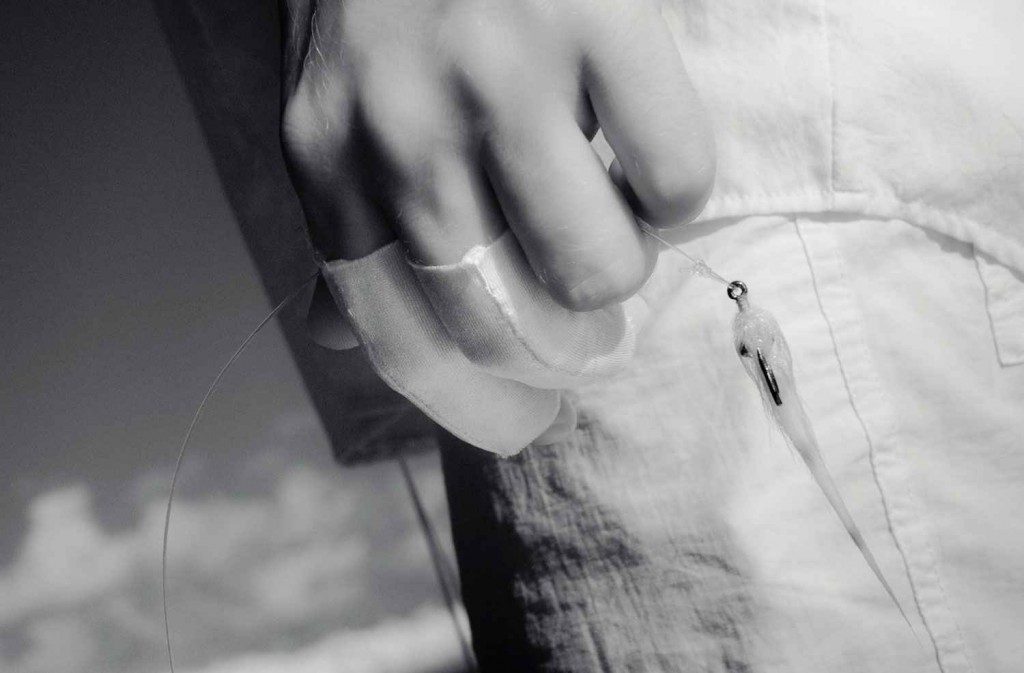
Today’s the day for a big fish.
It’s perfect streamer fishing conditions with overcast skies and there’s been lots of aggressive fish. I’m pounding the banks with my favorite streamer for thirty minutes when I notice the grit on my fly line is starting to agitate my fingers. The fly line feels like it’s coated in fine sandpaper from the silt and grit it’s picking up from the floorboard of the drift boat. I tough it out for another half hour, telling myself, be a man dude, but every fast paced jerk-strip retrieve has my fingers getting beat up even more. The fact that I’ve yet to land a fish only magnifies my discomfort. I’m willing to put up with the sore fingers if there’s a reward every once in a while but that’s not happening today, and I’m seriously considering yelling uncle and manning the oars.
Then there was my last saltwater fly fishing trip where I had botched two strip sets on tarpon back to back failing to get satisfactory hook penetration. My guide and partner both sighed in total disappointment, as I missed two perfect fish opportunities. I asked for forgiveness and promised them that my next eat would end in a perfect execution. An hour later my shot arrives. I present my fly, initiate my long slow strips, and my line comes tight as a big tarpon eats and turns away. I set the hook hard and hold on tight to my fly line. The hook buries but as the tarpon realizes it’s hooked, it screams off into the distance at full speed and rakes the fly line across my bare skin fingers. Instantly, I know I’m going to pay for holding onto the fly line too long, but I land the silverking beast, and it’s all worth it. After the victory cry, high fives, and adrenaline rush wears off, the throbbing sensation of chard fly line fingers begins. That’s when I silently ask myself the question, why didn’t you consider wearing finger protection dumbass?
Have you been in this situation before on the water? I’m thankful to admit it happens to me only on rare occasions these days. After scouring the web looking for a solution and talking with other fly anglers, I’m glad to inform everyone, I’ve found the perfect product that significantly eliminates finger chaffing. Ever heard of the fabric material Lycra? It’s basically a tight woven stretchy spandex material that can be sewn into finger sleeves that you can slide on and off with ease. They provide fantastic finger chaffing protection. I purchased my three finger set for
Read More »Saturday Shoutout / Free The Snake
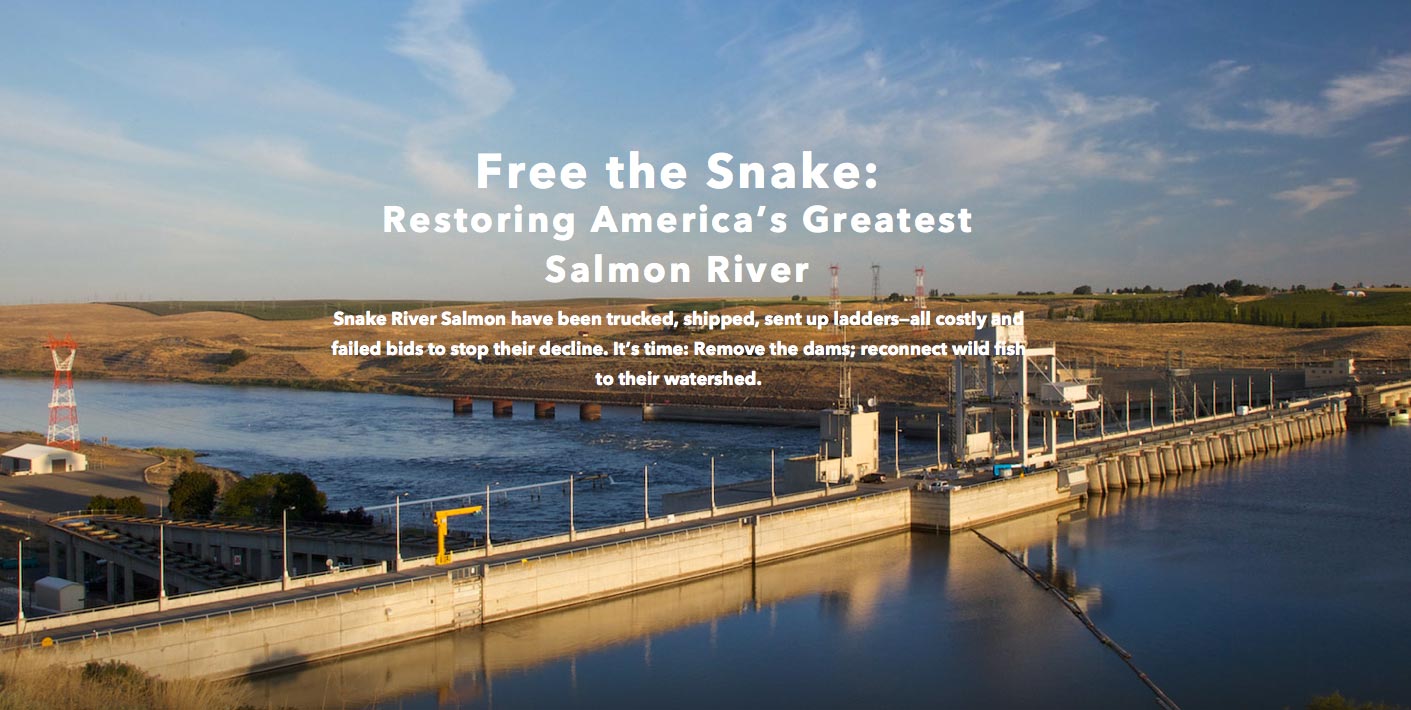
Patagonia champions the Snake River.
Professor David Montgomery, of the Univercity of Washington makes an interesting point about rivers. We think of rivers as a mode of moving water and materials to the ocean, but we don’t think about those rivers, and their wild salmon runs, as a vehicle for moving nutrients inLand from the ocean.
This video is informative and entertaining. It really makes you appreciate how some of our best intentions have gone so very wrong. Check out the video and take a moment to sign the petition.
FREE THE SNAKE
Read More »My Most Memorable Bonefish
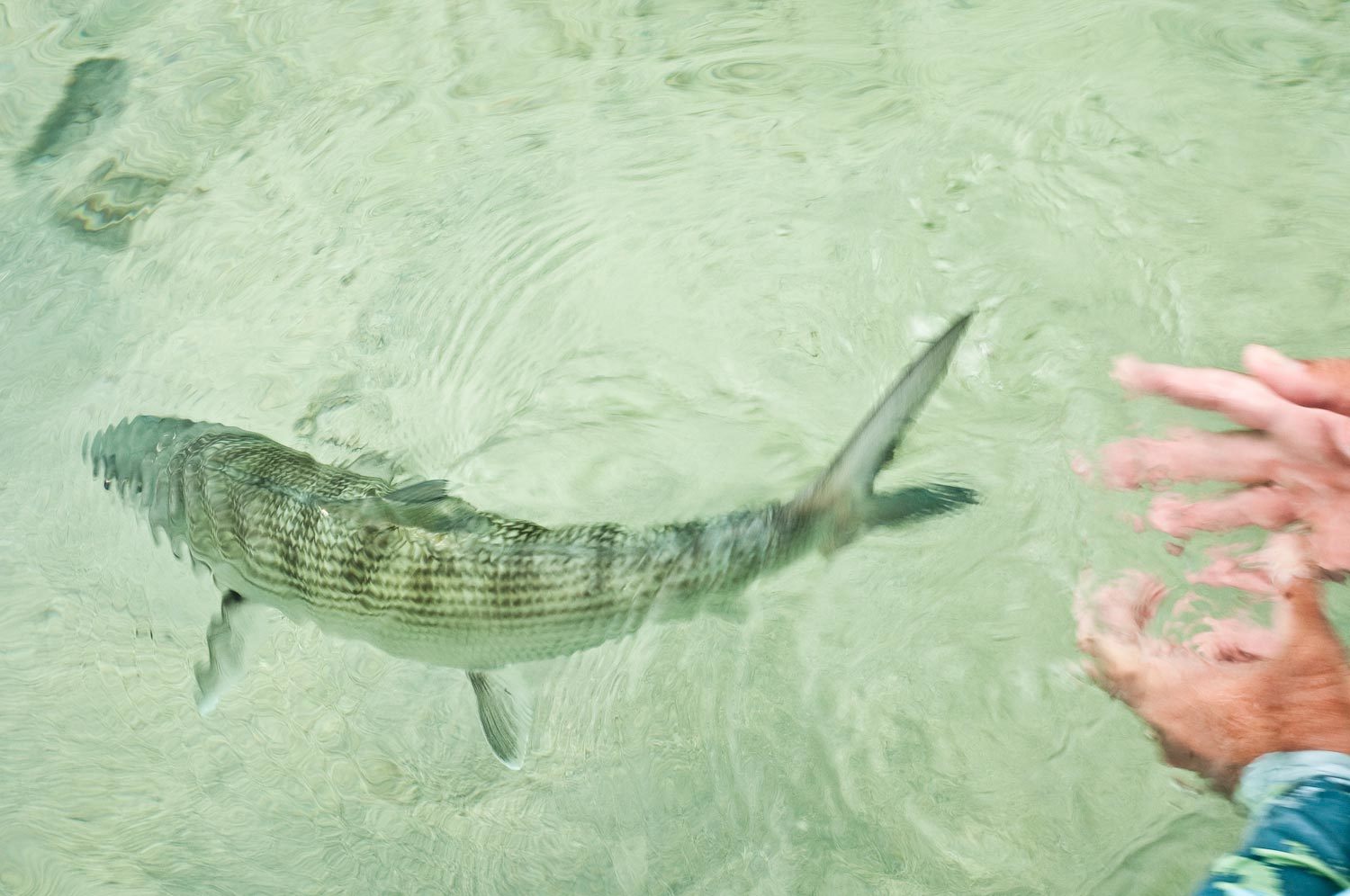
For example, my most memorable bonefish to date, only weighed around four pounds. I’ve landed much larger bones over the years, but what made this particular bonefish so special to me, were the extremely difficult fly fishing conditions I had to work through to hook and land it. Before it all unfolded, and I found myself feeling that special fish tugging on the end of my line, I was holding onto the last remaining tidbits of hope I had left inside me for dear life. I thought success was just about impossible. Never give up when you’re out fly fishing. For when you succeed when everything is stacked up against you, it will be invigorating to your very core.
Read More »Sunday Classic / Swing For The Fence On Every Cast
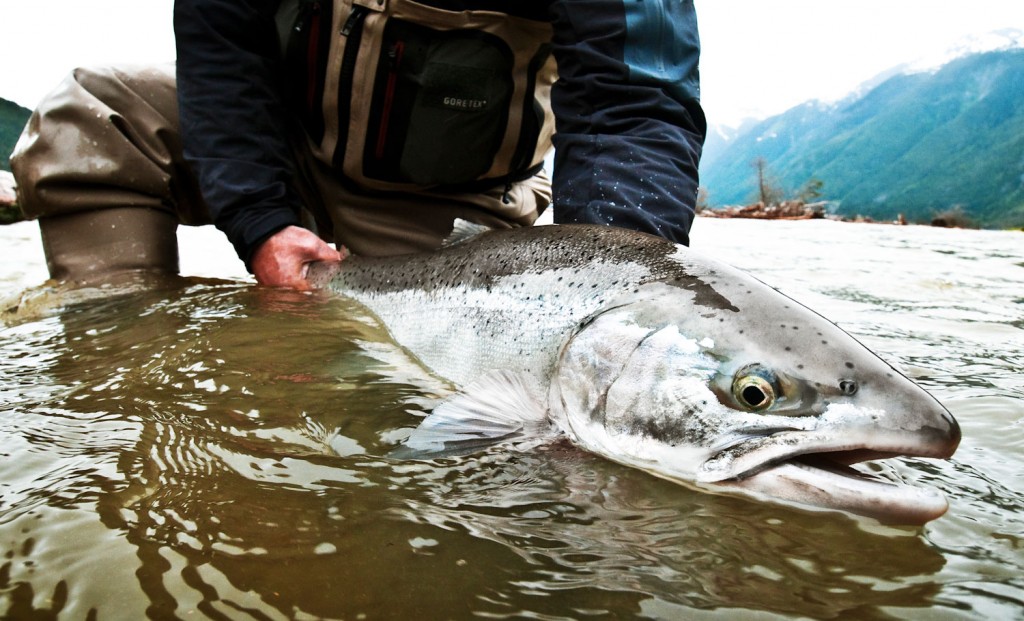
AFTER FOUR DAYS SWINGING FLIES IN DIRTY WATER WITHOUT A PULL IT’S EASY TO LOSE FAITH.
I faced some pretty tough conditions on a recent trip to the Dean River in British Columbia. Heavy rain turned the river into a raging mess of mud and floating trees. It was not a pretty sight, but I turned it around.
High water tactics can be laborious. Fishing long heavy sink tips and weighted flies makes casting a chore and swinging your fly a downright pain in the ass. You have to put the fly where the fish are and in high water they are hunkered down on structure or hugging the bank. Getting down to submerged structure in fast water means weight and lots of it. That means lots of hanging up on the rocks, especially at the end of your swing.
After four days with no action and hanging your fly up on every cast it’s easy to start avoiding the water that you know is going to give you trouble. Little things like picking up your fly just before it reaches the end of its swing or not giving that sink tip quite as long to sink makes robotic fishing easier on your nerves. The problem is, it doesn’t catch fish.
The worst is
Read More »Saturday Shoutout / Wet And Wild
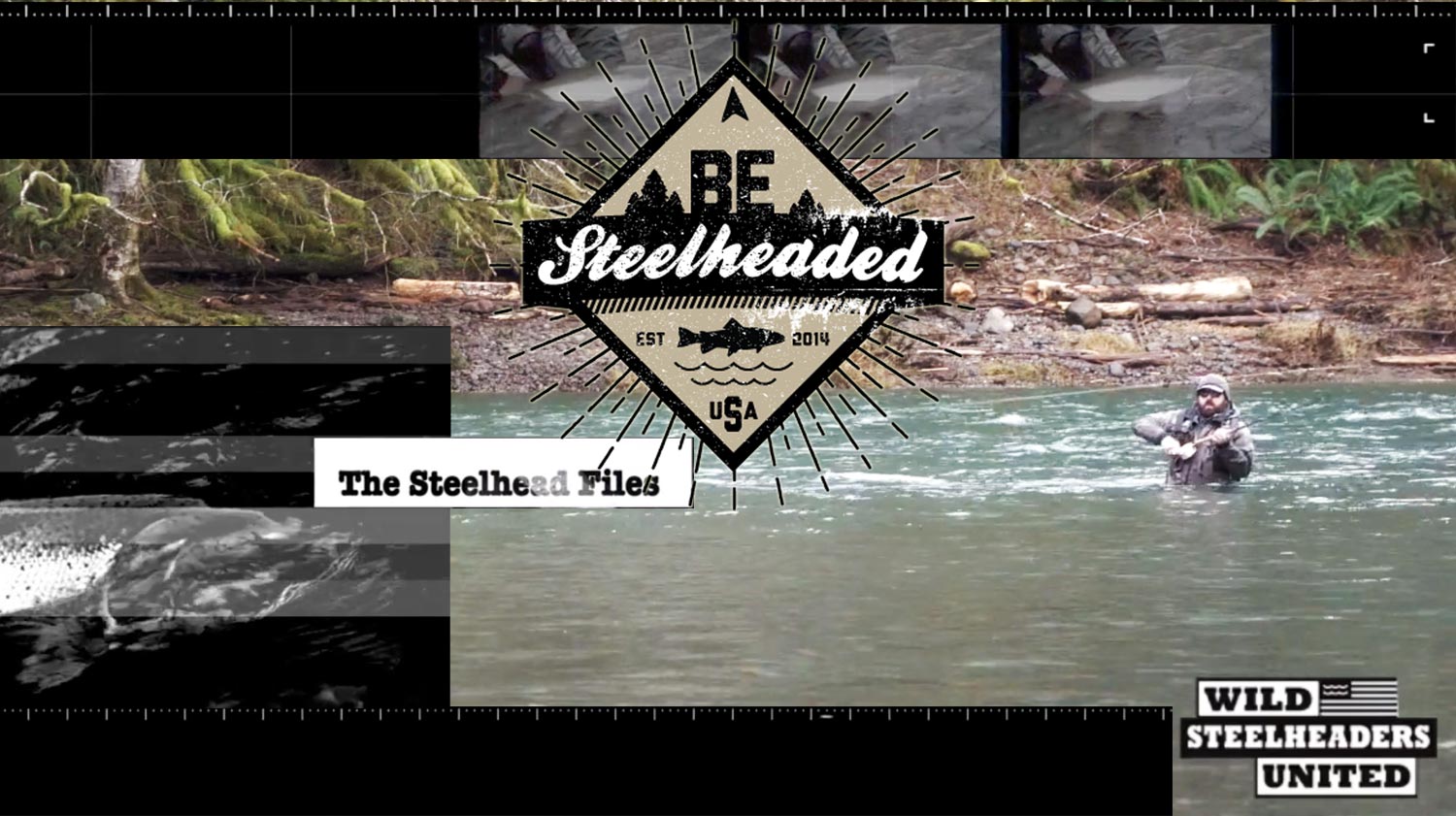
Some good info for all types of anglers.
This video from Wild Steelheaders United is chocked full of great fishing info. Although the point is to teach good catch and release practices there’s also some great tips on fighting and landing big fish. It’s worth your time, even if you never fish for steelhead.
There are few things I feel more passionately about than wild steelhead. These fish are a,precious resource, which is slipping through our fingers. If those of us who fish for them don’t take responsibility for their safety, we have no one to blame but ourselves when they are gone.
PLEASE WATCH THIS VIDEO AND,PRACTICE GOOD CATCH AND RELEASE. KEEP ‘EM WET AND WILD!
Read More »Sloppy Seconds
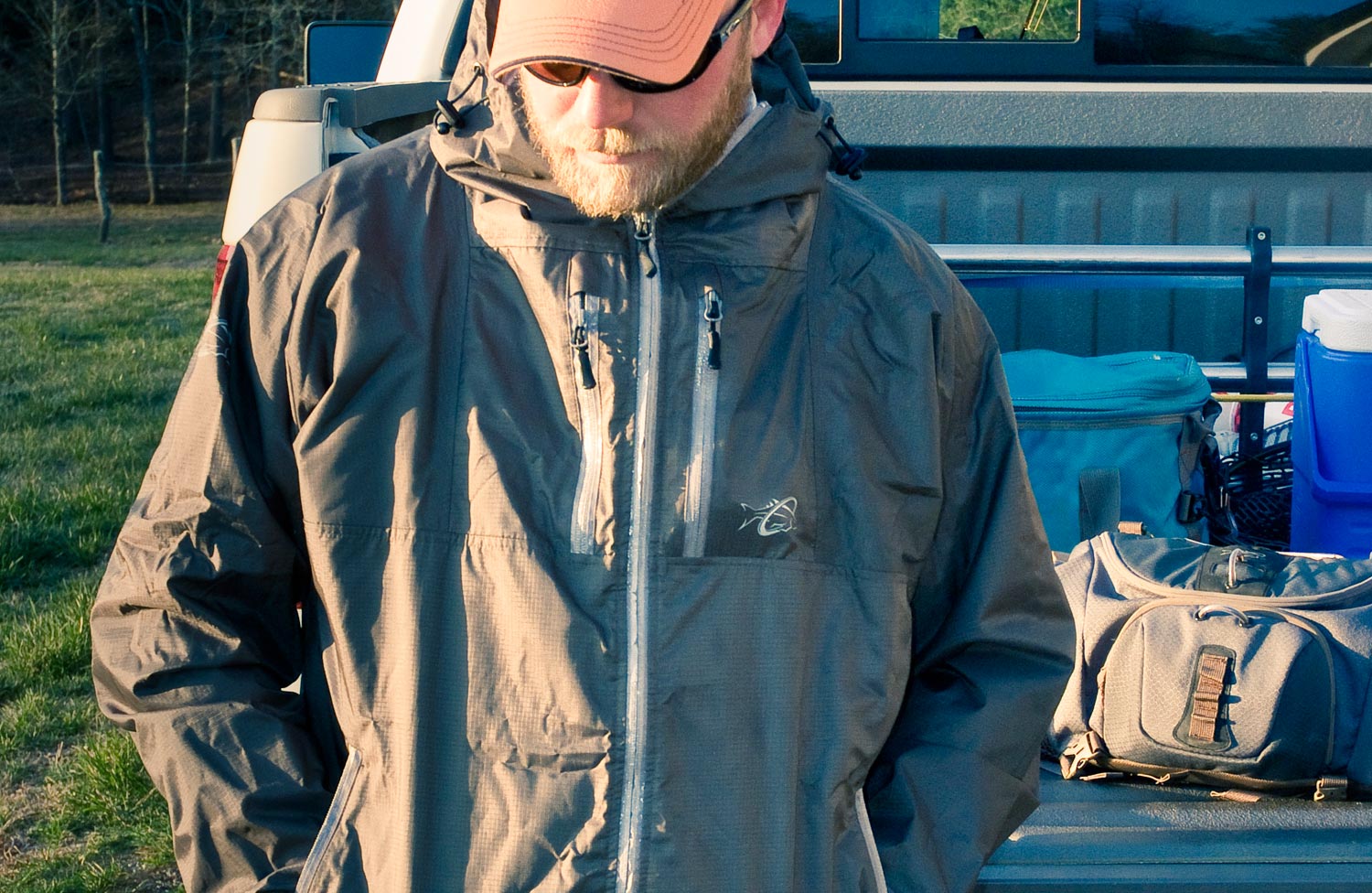
I’m sure to catch some hell for this, but I’m just going to be candid about it. There’s certain things in life that I believe one should not be late for….
Church, dinner, the birth of your child, and fishing. That’s my take on a quote from the all mighty movie “A River Runs Through It”, and that’s the last time I will refer to that film in a fly fishing article, period. I’m sure there are other things that folks would add to that list, but that’s mine. No, not even work makes the cut.They’ll have to get over it.
Let’s focus on the fishing for a minute. Specifically, guided trips. I guide folks several times a month on my days off from my other job. I’ve been guiding for several years and I enjoy the hell out of it. I’ve always said that if I could viably provide for my family as a guide, I would do it in a heartbeat but in my part of the world that’s hard to do. So I guide when I can and I do everything I can to teach my clients and put them on some fish.
It frustrates me when my clients are late. I’m not talking about five or ten minutes late. I’m talking about those that show up 45mins, an hour, even two hours late to the party with NO COMMUNICATION. I know as a client, they are spending their hard earned money to have someone take them fishing and I am grateful for that. I also know that shit happens from time to time, whether it be traffic, or car trouble… this list can go on forever.
So the other day, there I am, rods strung up and rigged with flies, the cooler iced down with waters and snacks, standing in the middle of a field in stifling summer humidity. It’s 8am (start time) and my clients are nowhere to be found. No big deal, they’ll surely be here any minute. Eight fifteen and still nothing. Eight-thirty turns into nine o’ clock and still no clients. By now I’ve called just about every fifteen minutes, to no avail, to see where they might be. Are they still in bed? Trying to nurse a hangover? In traffic? I have no idea, but what I do know is that I’m standing next to a very productive piece of water with rods in my hand and nobody is fishing.
What to do?
Read More »Fly Fishing Provides Great Health Benefits
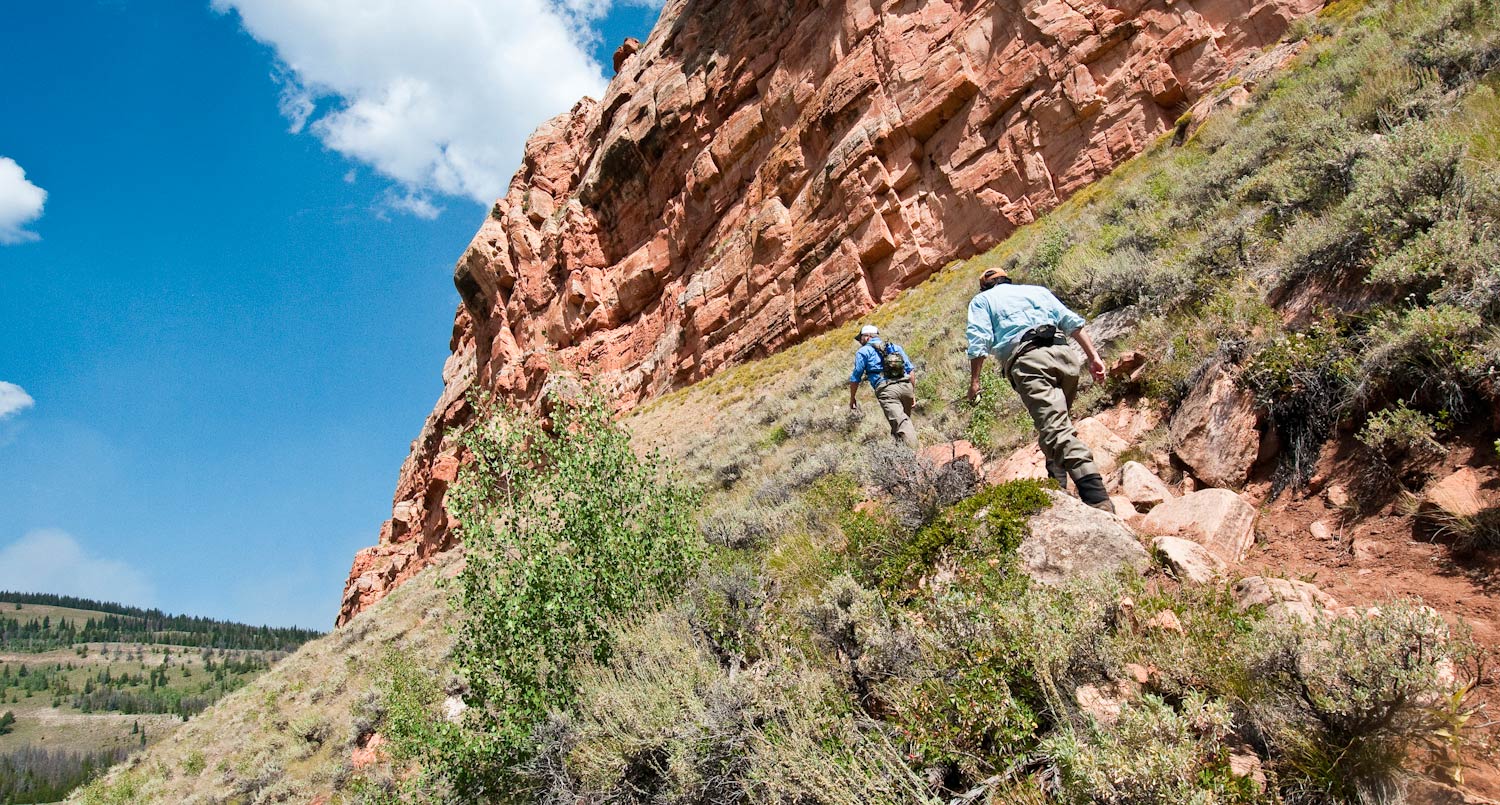
I really think we could boost the growth of the fly fishing industry if more people were writing about all the great health benefits it provides, both mentally and physically? I’d love to see Yahoo, or one of those other giant headline news websites (that most of us visit daily) post on its home page, a fly fishing picture with the headline, “Lose 15 pounds and have a blast doing it.” We need to start thinking outside the box to promote and attract newcomers to fly fishing, and I think this could be one area most of us have been overlooking.
Read More »Fly Fishing the North Woods
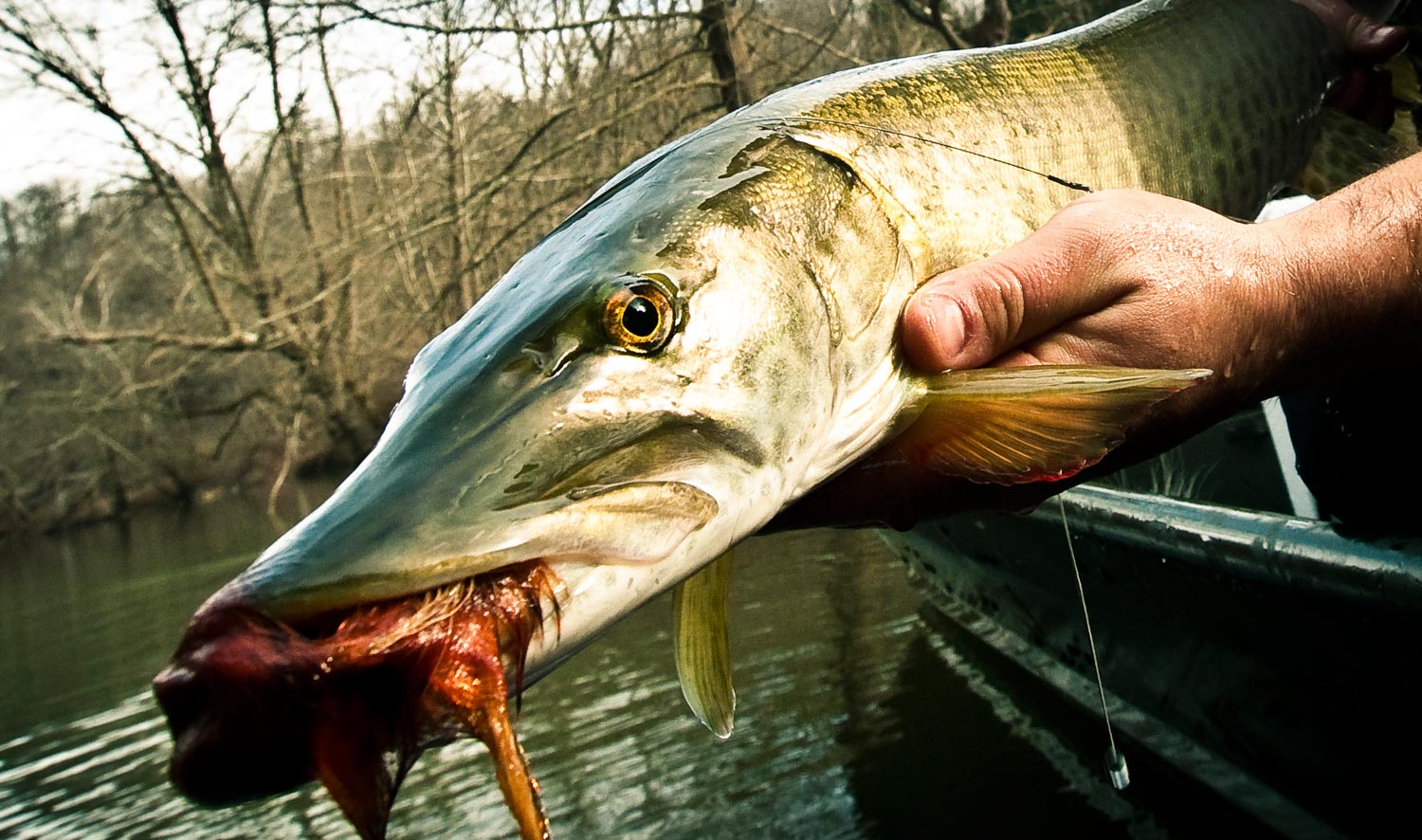
by Rob “Amish” Bolger
IN THE SUMMER OF 2004, MY FATHER TOOK MY FAMILY AND ME ON A VACATION TO A SMALL TOWN IN THE NORTH WOODS OF WISCONSIN.
Fishing had always been a huge passion of mine and coming from Denver, I was shocked by the vast amount of fishable water the Mid-West contained. Since that summer vacation, I have made an annual fishing trip to the North Woods every spring and my skills fishing large lakes have grown exponentially in that time. These are a few tips I have stumbled upon over the years for bass, musky and scouting water.
SPRING TIME BASS ON THE FLY
Springtime in Northern Wisconsin has provided some of the most active large and small mouth bass fishing I have ever experienced. The key to finding the bass is fishing the shoreline, using the trolling motor to slowly work along shorelines. Fishing close to docks and submerged stumps or logs will be the most effective way to find fish. When selecting the lake you want to fish, I have always found that lakes with fewer docks and more natural shore with coontaill weeds and submerged logs will always hold better fish than lakes with docks choking the shoreline. While docks can provide great habitat, nothing can beat natural fish homes. After finding areas that hold bass, fly selection is the next step; with bass I only have two flies in my box, green poppers and white or black zonkers. If you get either of these flies in front of a bass’ face… they will eat.
Musky
Few fish in the freshwater excite me more than Northern Wisconsin Musky, also few fish in the freshwater have challenged me more, time and time again. It is this challenge that excites me and keeps me hunting the fish of ten thousand casts. Being that musky are an incredibly hard species to hook and even harder to land, it is crucial to use your casts wisely; for my first ten thousand casts, I found this out the hard way. After my next thirty thousand I’ve learned to make my casts count and this is how. Number one tip
Read More »Sunday Classic / 4 Tips For Stocking Bonefish Flies
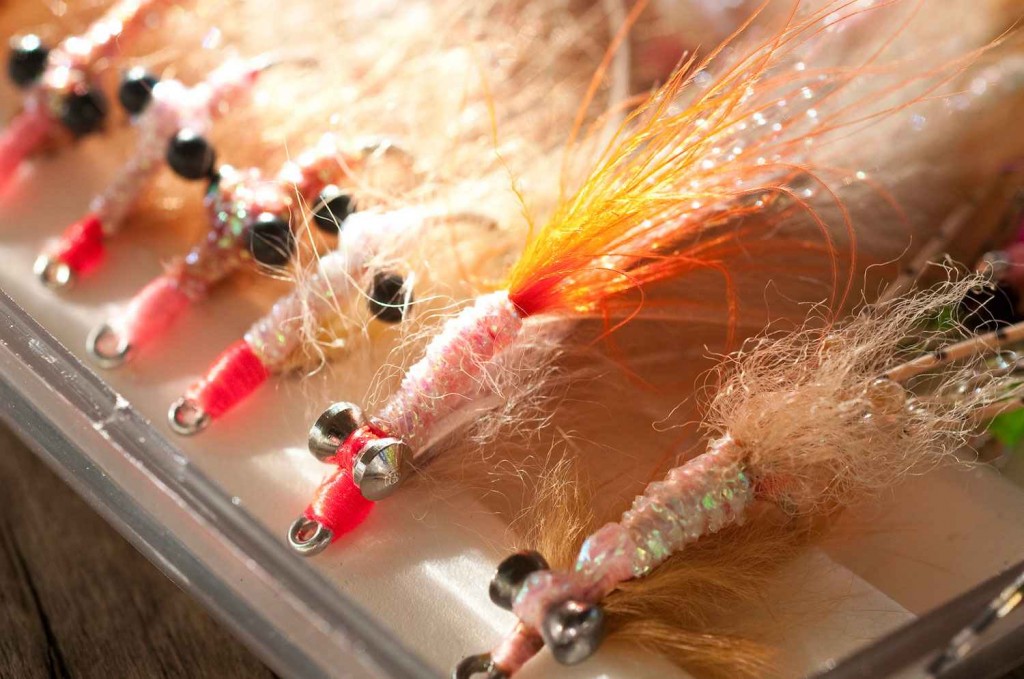
IF YOU’RE PLANNING YOUR FIRST BONEFISH ADVENTURE IT’S REALLY IMPORTANT THAT YOU STOCK YOUR SALTWATER FLY BOX WITH A WELL ROUNDED SELECTION OF FLY PATTERNS.
Although bonefish aren’t known for being super selective feeders, stocking the right flies and knowing which pattern to fish in different situations can make a big difference in your success on the water. By far the most important element in bonefishing is fly presentation. Without that, you’re going to miss a lot of shots. Putting that aspect aside with the notion that you understand basic bonefish presentation, let’s talk about some tips for purchasing and tying bonefish flies for your upcoming bonefish trip.
Tip # 1 – Bonefish Flies Should Ride Hook Point Up
Because the mouths of bonefish are located on the bottom of the head and they generally feed down on their prey in most cases, it’s very important that you purchase or tie bonefish flies that ride hook point up when possible. Fishing flies that ride hook point up can increase your hookup rate when bonefish eat, and it will also help to naturally cut down on your flies from snagging on the bottom during the retrieve. Gaze your eyes into a veterans bonefish fly box and you’ll find that most of the fly patterns are tied hook point up, but walk into a store that sells saltwater fly patterns and you’ll be amazed how many fly patterns aren’t tied this way. When you have the choice to tie or purchase your bonefish flies hook point up, I recommend you do so.
Tip # 2 – Bonefish Flies Need to Have Good Movement
Using fly tying materials that have good movement in the water for your bonefish flies is a another way to help you find success. Rabbit strips, marabou, craft fur, and rubber legs are all good examples of tying materials that come to life in the water. I stated before that most bonefish aren’t picky, the key word here is most, but in some situations having a little extra life-like movement in your flies can make a big difference. For instance, a large school of bonefish are going to be less picky on fly pattern choice with competition for food on their minds than a solo bonefish swimming across the flats. Tying or buying bonefish flies that incorporate tying materials that breath well in the water should still provide subtle movement in the water even when you’re not retrieving your flies.
Tip # 3 – Tie Your Favorite Bonefish Flies in Different Weights
All bonefish flats and fishing conditions/situations you’ll encounter in saltwater will not be the same. At times,
